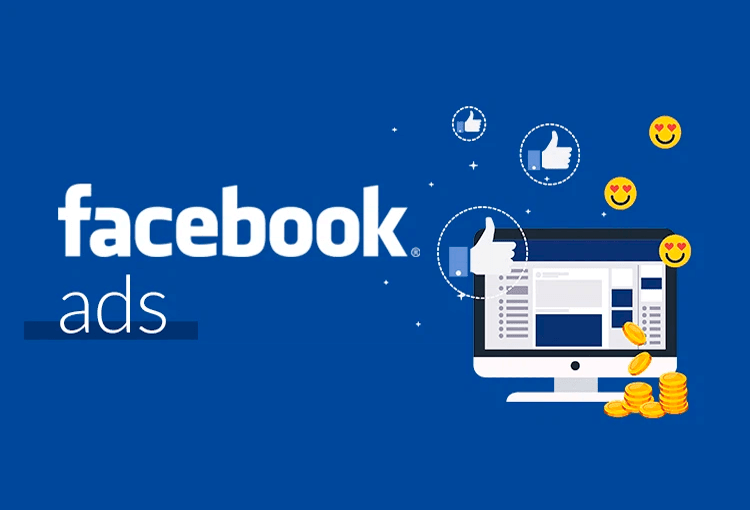
Facebook Ads: Unlocking the Power of Social Media Advertising
Facebook Ads is one of the most powerful digital advertising platforms available today, providing businesses with the ability to reach billions of users across Facebook, Instagram, Messenger, and other apps within the Facebook ecosystem. With advanced targeting capabilities, diverse ad formats, and robust analytics, Facebook Ads offers an effective way for businesses to connect with their audience, increase brand awareness, drive sales, and generate leads.
Whether you are a small business or a global brand, Facebook Ads allows you to create highly customized campaigns tailored to your specific marketing goals and audience segments.
How Facebook Ads Work
Facebook Ads operate through the Facebook Ads Manager, where businesses can create and manage their campaigns. The platform allows for a variety of ad formats and targeting options, making it a flexible tool for different types of advertising objectives. Advertisers can bid on ad placements based on a pay-per-click (PPC) or pay-per-impression (CPM) model, ensuring that budgets are spent efficiently.
Ads can appear in multiple locations within the Facebook ecosystem, including the Facebook News Feed, Instagram Feed, Stories, Messenger, and the Facebook Audience Network, giving businesses extensive reach across devices and platforms.
Key Benefits of Facebook Ads
1. Massive Audience Reach
With over 2.8 billion monthly active users, Facebook is the largest social media platform in the world. Facebook Ads allow businesses to tap into this vast audience, reaching users across different demographics, interests, and geographic regions. Whether your target audience is global or local, Facebook’s extensive user base makes it possible to connect with the right customers.
2. Advanced Targeting Options
Facebook’s sophisticated targeting features enable advertisers to reach specific audiences based on a wide range of criteria, including:
- Demographics: Age, gender, location, education, income, relationship status.
- Interests: Hobbies, activities, favorite brands, shopping behavior.
- Behaviors: Purchasing habits, device usage, travel, and more.
- Custom Audiences: You can upload your customer lists (emails or phone numbers) to target existing customers or prospects who have interacted with your business before.
- Lookalike Audiences: Facebook allows you to create lookalike audiences that mimic the characteristics of your best customers, helping you find new prospects with similar traits and interests.
3. Cost Control and Flexibility
Facebook Ads are highly customizable, allowing you to set your own budget and choose between various bidding strategies. You can opt for a daily or lifetime budget, and set bids based on specific objectives like conversions, clicks, or impressions. This flexibility ensures you only spend what’s comfortable for your business and optimize your budget for maximum return on investment (ROI).
4. Diverse Ad Formats
Facebook offers a variety of ad formats, allowing businesses to create engaging and dynamic campaigns. From static image ads to immersive video and carousel formats, Facebook’s ad options cater to different creative needs and advertising goals. Businesses can also run ads across Facebook’s family of apps, including Instagram and Messenger, to diversify their reach.
5. Comprehensive Analytics and Tracking
Facebook Ads provide in-depth analytics, giving you detailed insights into the performance of your campaigns. You can track metrics such as reach, impressions, clicks, conversion rates, cost per acquisition (CPA), and more. With this data, businesses can continuously optimize their campaigns for better results.
Types of Facebook Ads
Facebook offers several ad formats designed to meet various business objectives, from raising awareness to driving conversions:
1. Image Ads
Simple and straightforward, image ads consist of a single image, a headline, a description, and a call-to-action button. These ads work well for businesses looking to drive website traffic, generate leads, or increase brand awareness with eye-catching visuals.
- Best for: Promoting individual products, services, or special offers.
2. Video Ads
Video ads allow businesses to showcase their products, services, or brand story through engaging video content. These ads can appear in the News Feed, Stories, and even in-stream during longer videos. Video ads are particularly effective at capturing attention and telling more comprehensive stories.
- Best for: Product demos, storytelling, and brand-building campaigns.
3. Carousel Ads
Carousel ads feature multiple images or videos that users can swipe through. Each carousel card can include its own headline, description, and link, making this format ideal for showcasing a range of products, features, or services in one ad.
- Best for: Displaying multiple products, highlighting various features, or telling a sequential story.
4. Slideshow Ads
Slideshow ads are a lightweight alternative to video ads. These ads use a series of images or short video clips to create a simple, engaging video-like experience. Slideshow ads load quickly and are perfect for areas with slow internet speeds or mobile users.
- Best for: Brands looking for an alternative to traditional video ads that require less bandwidth and production resources.
5. Collection Ads
Collection ads are designed for mobile and allow users to browse products directly from the ad. When clicked, the ad opens into a fullscreen instant experience (also known as a Canvas ad), showcasing a collection of products. This format is highly effective for e-commerce businesses that want to drive sales directly from the ad.
- Best for: E-commerce businesses promoting multiple products in one ad.
6. Instant Experience (Canvas) Ads
Instant Experience ads are fullscreen, interactive ads designed for mobile devices. These ads open instantly when a user clicks on them, providing an immersive experience that can include videos, images, carousels, and call-to-action buttons.
- Best for: Creating immersive brand experiences and storytelling, or highlighting multiple aspects of your product or service.
7. Messenger Ads
Messenger ads allow businesses to connect with users directly within the Messenger app. These ads can appear in the Messenger inbox, and users can click on them to start a conversation with your business. Messenger ads are perfect for lead generation and customer engagement, as they open a direct line of communication with potential customers.
- Best for: Generating leads, customer support, and engaging with customers one-on-one.
8. Lead Generation Ads
Lead generation ads make it easy for users to submit their contact information without leaving Facebook. These ads are ideal for businesses looking to collect email addresses, phone numbers, or other details to follow up with potential customers.
- Best for: Building email lists, generating leads for sales teams, or collecting sign-ups for events or newsletters.
Best Practices for Facebook Ads Success
1. Define Clear Objectives
Before launching any Facebook ad campaign, it’s essential to define your goals. Facebook offers several campaign objectives, including brand awareness, traffic, engagement, lead generation, and conversions. Choosing the right objective helps Facebook optimize your ad delivery to achieve your desired results.
2. Target the Right Audience
Facebook Ads’ strength lies in its targeting capabilities, so take full advantage of these tools. Use Facebook’s audience insights to understand your target customers and create detailed buyer personas. Then, use demographic, interest-based, or behavioral targeting to reach the people most likely to engage with your ads.
3. Use Compelling Visuals
Whether you’re using images or videos, your ad creative should grab attention and communicate your message effectively. High-quality visuals that align with your brand and product offerings are crucial for standing out in the crowded News Feed.
4. Incorporate a Strong Call-to-Action (CTA)
Every Facebook ad should include a clear and actionable CTA. Whether you want users to shop now, sign up, download, or learn more, a well-crafted CTA encourages users to take the next step and engage with your brand.
5. Test and Optimize
Regularly testing different ad variations (A/B testing) is key to improving your campaign’s performance. Experiment with different visuals, headlines, copy, and targeting options to see what resonates best with your audience. Facebook Ads Manager provides insights into what’s working and where you can make adjustments.
6. Monitor and Analyze Performance
Constantly monitor your ad performance and analyze the results to optimize your campaigns. Pay attention to key metrics like cost-per-click (CPC), click-through-rate (CTR), conversions, and return on ad spend (ROAS). This data will help you make informed decisions on where to allocate your budget and how to improve your campaigns.
Conclusion
Facebook Ads offer a powerful way for businesses to connect with their target audience, build brand awareness, and drive results. With its advanced targeting options, diverse ad formats, and robust analytics, Facebook Ads provide an excellent opportunity to engage users at every stage of the buyer’s journey. By leveraging these tools effectively, businesses can reach the right customers, increase conversions, and grow their brand on one of the largest advertising platforms in the world.


